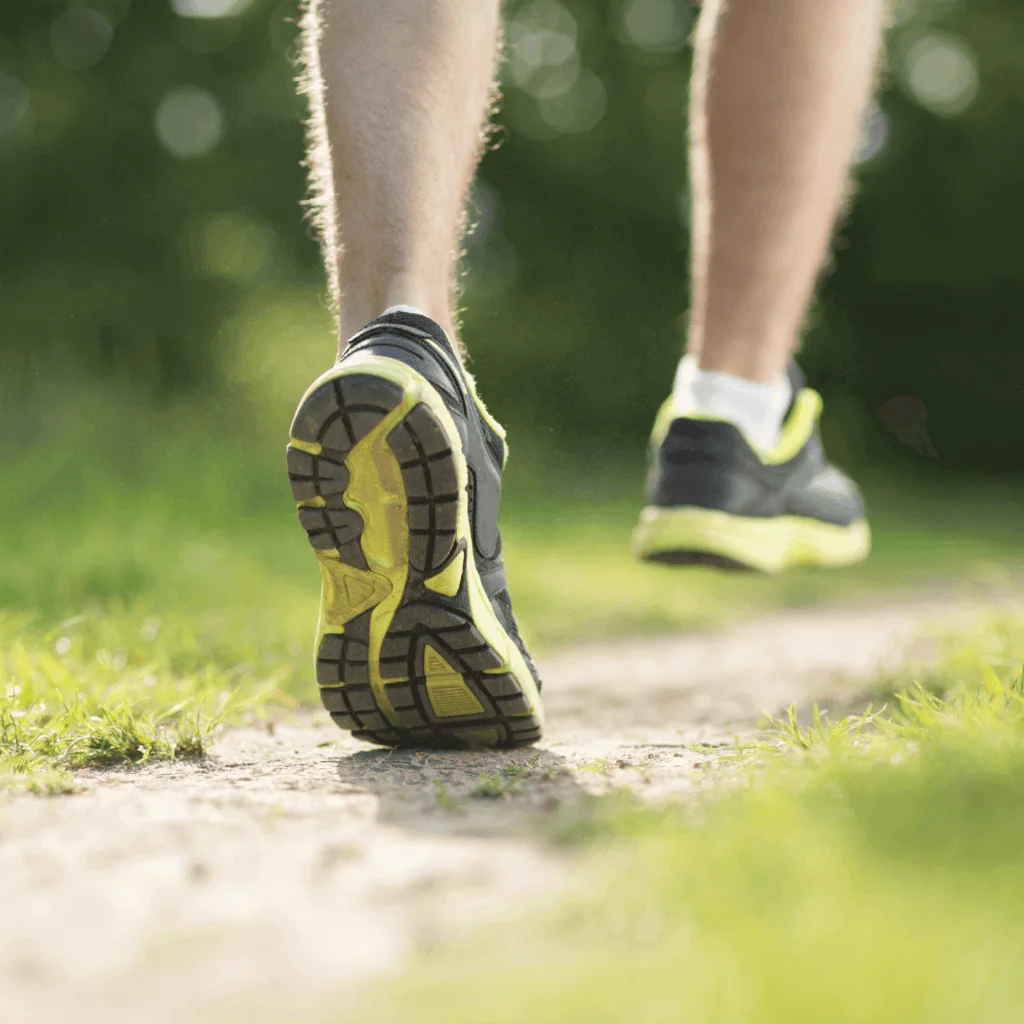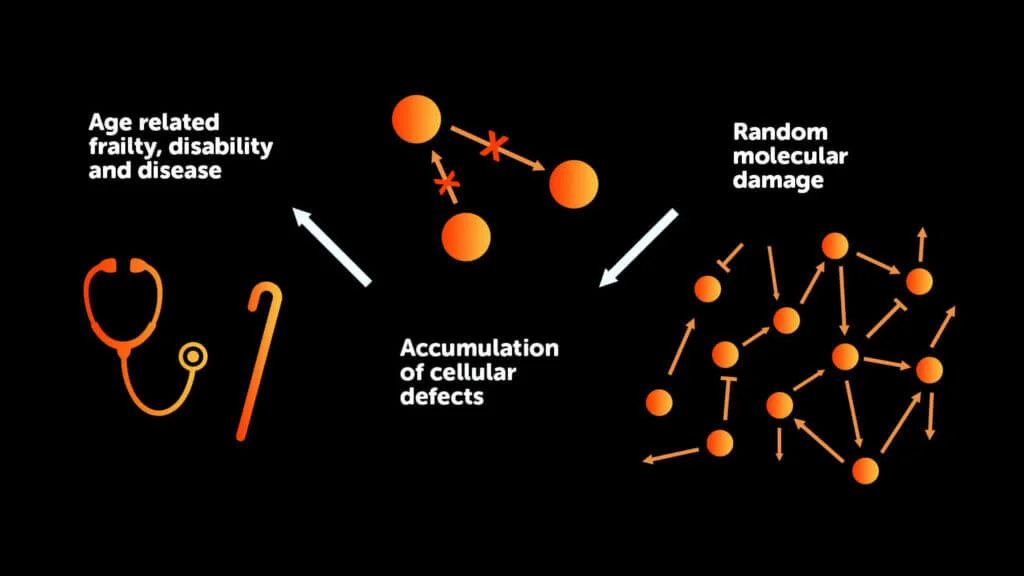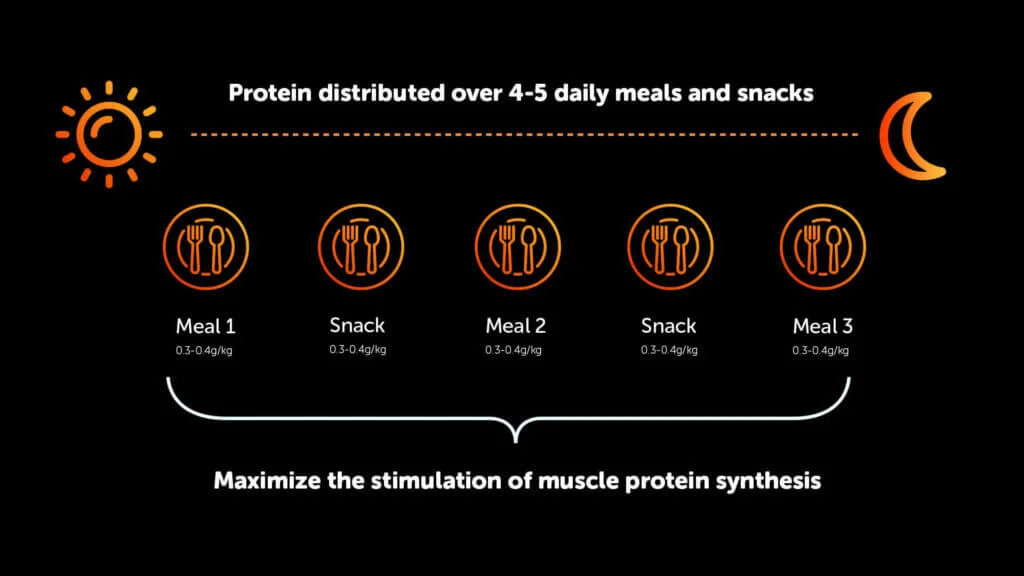
Nutrition
How Do I Keep Improving As An Older Athlete?
Getting older as an athlete doesn’t always mean slower or weaker. Be smarter, recover and eat well and see improvements continue.
1 min read
Published on
October 19, 2021
Written by
EDGE
Share this article
Everyone goes through the process of getting older. It’s inevitable that as you age, you will experience a steady decline in your maximal exercise capacity. The main reasons for this decline are due to a combination of reduced muscle mass and decreased heart, lung and circulatory function (1). This process can be demoralising, feeling as though you are not as fast or as strong as you used to be, and that it is impacting your sports performance. Additionally, ageing leads to having less energy, decreased muscle flexibility, balance and bone strength (2). However, don’t let this affect you or get in your way of still performing to your best. In fact, it is even more important to stay active as you get older for both your physical and mental health (3).

The schematic above illustrates suggested mechanisms associated with the ageing process (3). The ageing process is accelerated by stress, having a poor diet and/or living in an adverse environment for health. However, the process is delayed by maintaining a healthy well-balanced diet, good lifestyle habits and living in a favourable environment.
HOW DO OUR NUTRITIONAL REQUIREMENTS CHANGE?
High-quality nutritional practices will provide a strong foundation for the aging athlete to continue to excel at sport and to maintain health and well-being. An age-associated loss of fat-free mass and a decline in non-training physical activity may contribute to a reduced energy requirement. However, older athletes who maintain exercise training volumes comparable to those of younger athletes won’t experience the decline in resting energy expenditure or dietary energy requirement (4). Therefore, older athletes should monitor energy intake and ensure that sufficient energy is consumed to balance expenditure and to maintain appropriate body weight and composition. Below are some macronutrient requirements recommended for the older athlete. It’s important to remember that everyone is unique and has a different training and lifestyle schedule. Nutrition is not a one size fits all approach, it needs to be personalised to suit your individual needs, hence the below nutritional information should only be used as a guide.
Carbohydrates
The recommended dietary allowance (RDA) for carbohydrate is 130g per day for adults, independent of age and level of physical activity. Older athletes retain the capacity to store ingested carbohydrate as glycogen in liver and muscle tissues, to use glycogen as a source of energy-producing substrate during submaximal endurance exercise, and to restore muscle glycogen levels post exercise (in association with carbohydrate ingestion). It is important that older athletes meet at least the minimum recommendation of 6g of carbohydrate per kilogram of body weight per day.
Protein
Currently, protein needs have been difficult to establish for the older athlete. However, it has been recommended that endurance athletes require approximately 1.2-1.4g per kilogram of body weight per day (g/kg/day). And strength athletes require approximately 1.6-1.7 g/kg/day.
A recent study compared the rate of muscle recovery following a 30-minute downhill treadmill run in master (53 years) and younger triathletes (27 years) (5). All of the athletes consumed 20g of whey protein immediately after the downhill run followed by a diet containing approximately 1.6g/kg/day of protein (0.3g/kg/per meal) during the 3-days after the run. The data strongly suggests that master athletes may require dietary protein intakes in excess of the current recommendations for younger athletes to support post-exercise muscle protein synthesis, recovery of performance and long-term training adaptations. The suggested protein intake range is approximately 1.6-2.0g/kg/day.
It has also been advised that master athletes should make sure the recommended daily protein amount is evenly distributed over 4-5 daily meals and snacks. A meal should aim to supply a protein dose of approximately 0.3-0.4g/kg in close proximity to training completion (i.e. in the 1-2 hour post-exercise window) and every 3-4 hours across the day to maximize the stimulation of muscle protein synthesis (6). An additional serving of dairy will each meal (i.e. glass of fat-free milk and low-fat yoghurt), or nuts and grains will help achieve this.

Fat
It is recommended that 20-35% of energy (kcals) should come from fat to help achieve adequate intakes of essential nutrients and reduce the risk of chronic disease. Athletes should not restrict fat intake below 20% or consume high-fat diets because these practices will not enhance physical performance (4).
Micronutrients
It is often reported that the older population adopts a low energy intake leading to impaired nutrient absorption. The older population are also more likely to have chronic medical conditions, take medication, and there are specific age-related risk factors that affect micronutrient intake and requirements (6). Consultation with a registered dietitian will help older competitive athletes evaluate the adequacy of their nutrient intakes. Additionally, using a Forth Edge biomarker profiling tests will help you gain insight into how your body is performing, and how to optimise training load, recovery and nutrition.
How Much Recovery Should I Have?
Other ways to keep your physical performance improving as an older athlete is allowing more time for recovery. Older athletes should allow themselves more time to recover between exercise (7). Ensuring proper recovery time between training will help to prevent injury and allow you to easily perform again. Loss of muscle flexibility is a normal part of getting older but regular stretching can help counteract this (8). Athletes should try to identify which muscles are particularly tight and spend time focusing on stretching those areas. Getting into the habit of static stretching following exercise is beneficial for improving muscle length (8).
The majority of athletes pride themselves and their worth on what they can do. As athletes get older, they may be unable to reach certain expectations or beat personal bests. However, you do have potential to keep pushing yourself and performing to the best of your ability. The most important factor is you being able to still get out there and appreciate the physical and psychological benefits that sport brings!
Get 10% off your first order
Want regular tips on how to make the most of your results? Join our newsletter and we'll give you 10% off your order!